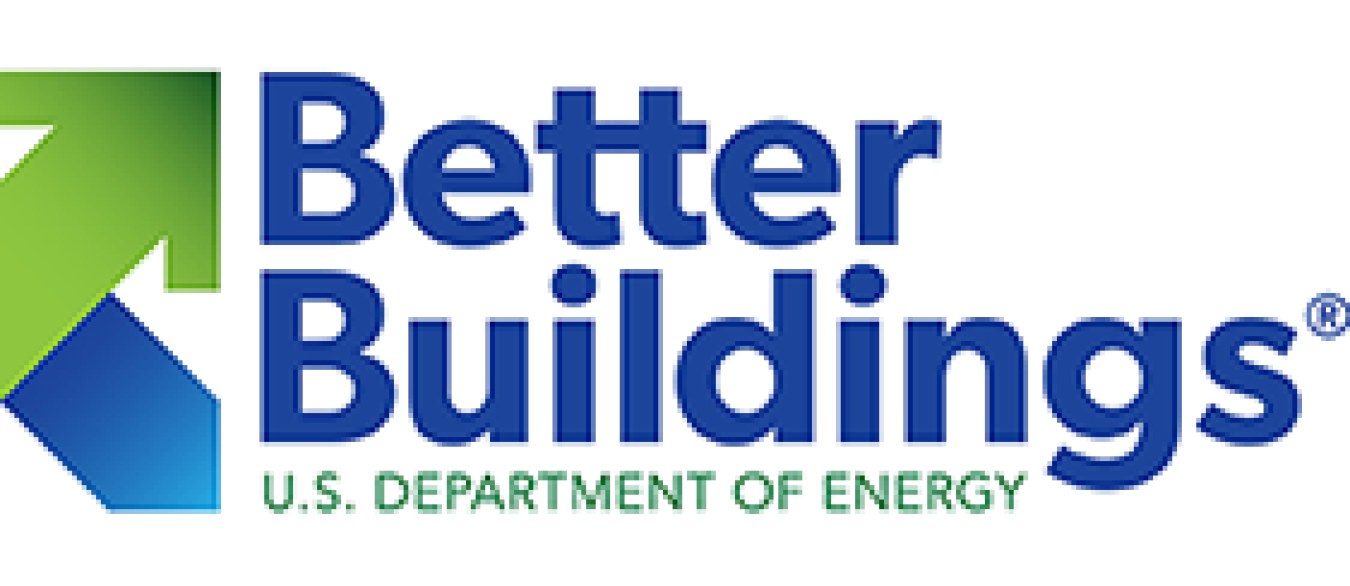By Monica Kanojia
This year’s Better Buildings Summit was filled with the announcement of several exceptional milestones and Partner achievements. U.S. Energy Secretary Ernest Moniz lauded the initiative’s $1.3 billion in energy cost savings coupled with the avoidance of 10 million tons of harmful carbon emissions, as well as the Challenge Partners that facilitated the decrease in energy use through commitments to implementing energy-efficient technology and strategies within their respective portfolios. Among the Partners acknowledged for making substantial progress toward their Challenge goal of reduction in energy and water intensity by 20% by the year 2020 were Arby’s Restaurant Group (Arby’s), Havertys, and The Tower Companies (Tower).

Arby’s launched its energy management platform, Efficiency Matters, in 2012 as a means to reduce energy consumption and associated environmental and community impacts. The platform, which was initially utilized to find cost savings at locations that could be reallocated toward other aspects of the business, facilitated Arby’s ability to achieve its Challenge goal well ahead of the 2020 timeline. In working toward this achievement, approximately 1,000 Arby’s locations have incorporated some facet of energy efficiency with leadership determining that out-of-date, inefficient roof-top units (RTUs) were a source of substantial energy consumption. Arby’s joined the Advanced Rooftop Campaign to access its robust network of technical assistance experts and resources which facilitated the replacement of 238 high-efficiency RTUs across 900 stores, actualizing an approximate savings of 1.4 million kWh and cost savings of $140,000 annually.
Havertys, a fellow Challenge goal achiever, showcased its Virginia Beach Showroom, which boasts significant energy and cost savings of 44%, and addressed the importance of emphasizing the benefits of energy efficiency and sustainability to internal stakeholders. Havertys leadership was influenced by Ray Anderson of Interface® challenging his own company to embrace the triple bottom line approach taking into account people, the planet, and profits in every aspect of business. The realization that embracing sustainable practices could convert into financial value through the reduction of risk, asset renewals and efficiency upgrades set Havertys on the path to visioning, planning, and implementing energy-saving techniques to its portfolio. Through its Bright Inspirations store upgrade program, outreach and education for store managers on the benefits of energy efficiency and energy management systems, and the implementation of data solutions to capture energy data and facilitate benchmarking, Havertys was able to achieve portfolio-wide energy savings of 22%.
The Tower Companies, while not a goal achiever, highlighted a couple of its most impressive projects aiding in its progression toward accomplishing its Challenge goal. With a portfolio consisting of more than 2,000 buildings, Tower was focused on smart growth and environmentally sensitive building practices before “green building” was mainstream. After successfully achieving a LEED® Silver rating for one of its first projects, leadership determined that moving forward all new buildings would be built to adhere to LEED standards. One of its most prominent projects, The Tower, is certified LEED Platinum, boasting features such as a double-skin facade to facilitation natural ventilation, a solar chimney, radiant panels with water flow which provides heating, and optimum daylighting. The Tower was a huge undertaking that required the construction of a small-scale mockup that allowed for the project team to analyze how all of the building’s features worked together and whether adjustments were necessary before actual construction began. Tower’s continued commitment to leading the market with innovative ideas and re-engineering how buildings are designed and constructed is based on both financial and personnel benefits, with leadership realizing that employee health and productivity go hand-in-hand with operational and maintenance cost savings.
These three Challenge partners are a subset of a larger cohort making equally substantive strides toward the accomplishment of the greater Better Buildings goal of reducing energy usage across all building portfolios by 20% or more. You can view all solutions in the Better Buildings Solution Center and view presentations from the Summit as well.
